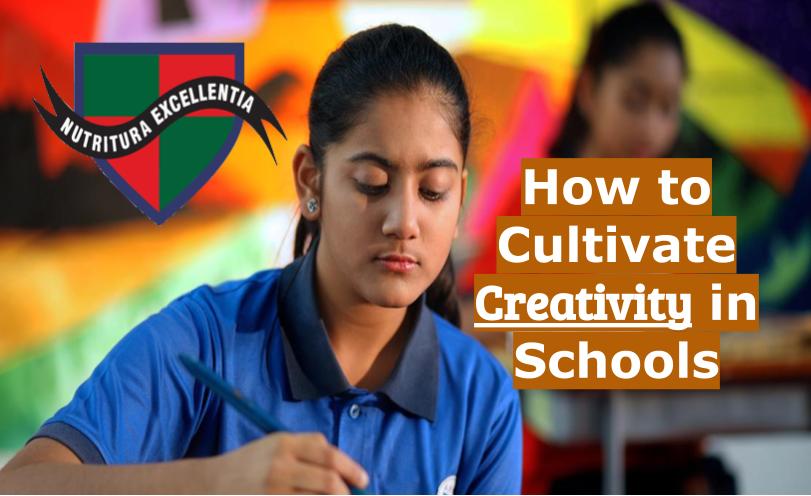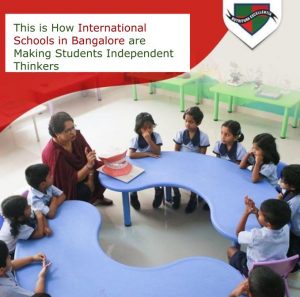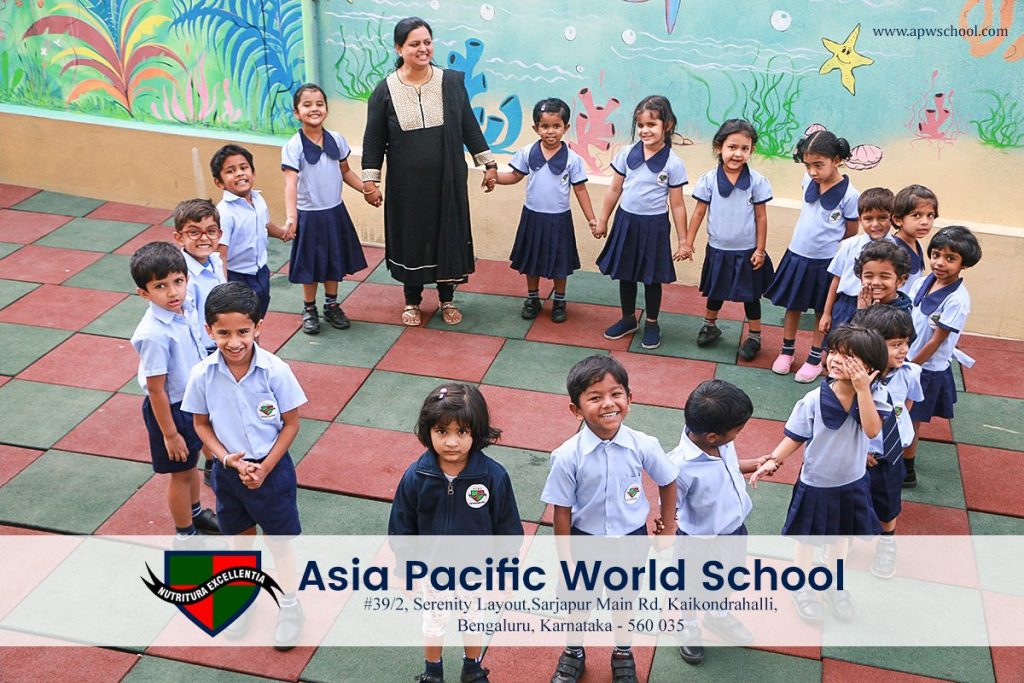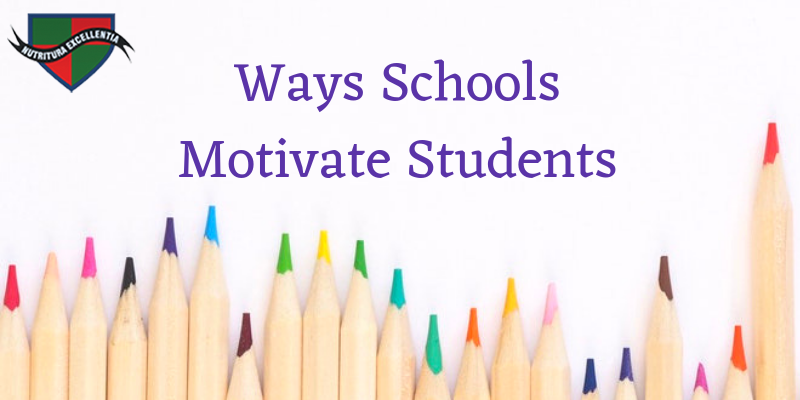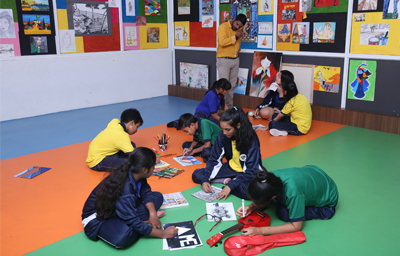Good teachers are aware that successful behaviour management in the classroom is crucial to both students’ success and their own sanity. Determining the most effective behavior management strategies isn’t always easy. Of the many suggested strategies, the most impactful and powerful is the one based on strong student-teacher relationships.
The nature of the teacher-student relationship largely dictates the impact teachers have on students. International Schools in Bangalore are aware of this impact and are dedicated to building strong relationships with students. Forging productive teacher-student relationships are crucial to forming a positive and lasting impact on students. These relationships shape and form the way children think and behave in school.
When teachers have a good relationship with students, students are more likely to feel positive about class and coming to school in general. They are also more willing to work harder, trying new things by taking risks, and asking for help when they need it.
A warm teacher-student relationship allows greater levels of school adjustments in students and even results in higher grades. A close, caring relationship with students doesn’t mean that teachers have to be completely permissive. Students need and appreciate order and security, but they also need to know that their educators have only their best intentions at heart.
Even research shows that constructive teacher student relationships have a large and positive impact on students’ academic results and overall well-being at school.
Teachers with strong, positive relationships with their students find it significantly easier to manage students’ behavior in the classroom. They forge strong relationships by being both firm and caring – while also pressing their students to realize their potential at school.
3 keys to high-performance teacher-student relationships:
- Warmth – It is important to accept students for who they are and care for them as a parent would. They need to know they are important to you.
- Empathy – Students want to feel heard and understood even when facing corrective consequences. This is a critical time for teachers to emphasize on their intentions regarding any corrective action they have taken.
- Time – Children are very perceptive and can tell when you’re not present. Teachers need to take the time to be physically and mentally present when talking with their students.
Educators need to believe their students are capable of succeeding and must press them to do so. Beliefs that teachers hold about their students are important as they subconsciously influence how they treat and teach each child.
Teachers who have the largest impact on students are the ones who genuinely believe that:
- Students need guidance and structure
- All students are capable of good behavior and should behave well
- Improvement comes from hard work and all children can improve
- Some students will require more support than others and take longer to meet class standards
The best IGCSE schools in Bangalore employ faculty who believe in the abilities of their students. They push their students to engage thoughtfully in any task they do and help them achieve more than they thought was possible.
